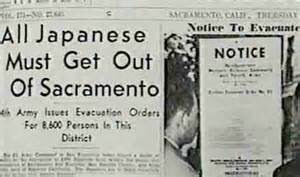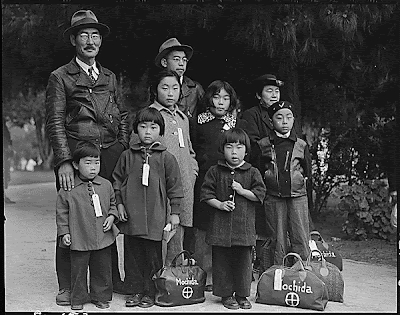Part 1: Healing and Reconciliation
This is a story of remembering and forgiveness; a place and time in my family history.
 |
| a collection of gingko, bodhi, persimmon, eucalyptus leaves adorn our home |
I am a descendant of incarcerated people; honest, diligent, and stoic.
I am a descendant of peaceful people who endured abuse, neglect, generational suffering.
I am a descendant of resilient people who chose to survive for future generations.
I am a descendant of the issei and nisei (first and second generation Japanese) ancestry who looked like the enemy and have felt the generational effect of hatred and racism in pit of my stomach and ache in my heart.
There is a place in my heart where the tendrils of shame and unresolved anger reside and a place where hope and optimism rise. There is a place in California called Tule Lake where it was awakened. Tule Lake, an arid town at the tip of California where 19,000 innocent people, including my father and grandfather, were forced by our government to live in concentration camps during WWII.
Segregated, depending upon how you answered the loyalty questions. Tule Lake was a maximum security concentration camp.
The summer of 2016 was a healing practice of understanding and reconciliation. Over Independence weekend, when our country celebrated its independence, I attended a biannual pilgrimage to Tule Lake, a place where my ancestors, American citizens, lost their freedom and constitutional rights. From 1942-45 110,000 American citizens and immigrants, unable to apply for citizenship due to racial exclusion were forced by President Franklin Roosevelt through a directive of Executive Order 9066 to report to designated centers with only what they could carry to be incarcerated at gunpoint into concentration camps.
My sisters and I, joined hundreds of pilgrims yearning to learn and touch our history, and to embrace our hallowed ground. To be one of hundreds pilgrims to bear witness- to touch, walk and listen where many ancestors were imprisoned and died- was one of the most sacred moments in my memory.
Unresolved grief and sorrow of incarceration are a part of my DNA. I made a commitment to heal and reconcile these feelings for myself, my children and for future generations.
It's difficult to process the challenges of carrying the weight of being an incarcerated people but perhaps I can learn to move forward with understanding in my heart and a growing capacity for forgiveness. I'm learning to transform the painful feelings, spoken and unspoken in my family.
I understand my father's complexities more and his unbelievable openheartedness and kindness to strangers. I understand my mother's complexities, her resilience and ability to get anything done and both my parents unshakeable progressive beliefs. I understand struggle and shame. I understand hope that rises, the willingness to get back up and continue on. I know why optimism rises in my heart. I'm a continuation of the wisdom, open and enduring hearts of the Nakashima and Nakatomi ancestors. I am grateful for their sacrifices, how they endured.
I am a descendant of Mt Shasta and Mt Fuji.
I inherit the grace, determination and endurance with freedom in my heart and a boundless capacity for peace and love.
I offer peace and reconcile the feelings of forced incarceration for my ancestors and forgiveness to the causes and conditions that ultimately made President Franklin D. Roosevelt take the devastating actions that resonate and ripple out to this day.
 |
| Castle Rock, Tule Lake |
We climbed Castle Rock for my father and all our ancestors, free people who never let the barbed wire and guard towers and one of the greatest injustices of our history to confine or define them.
May I never forget this moment in my family history. May I take a stand if injustice through extremist rhetoric, racism and hate begins to take root again.
I vow to transform the roots of shame and anger and pain. I commit to protect any and all, who may be subject to prejudice, hatred toward difference, racism and intolerance. I am the face of resistance willing to take a stand.
Next, I write about a journey to Hyde Park, New York to try to offer forgiveness and lovingkindness to a president who signed EO 9066. In Part 3, I share a portrait of Hiroshima, Japan where I met relatives for the first time and realize my connection to the site of devastation.











